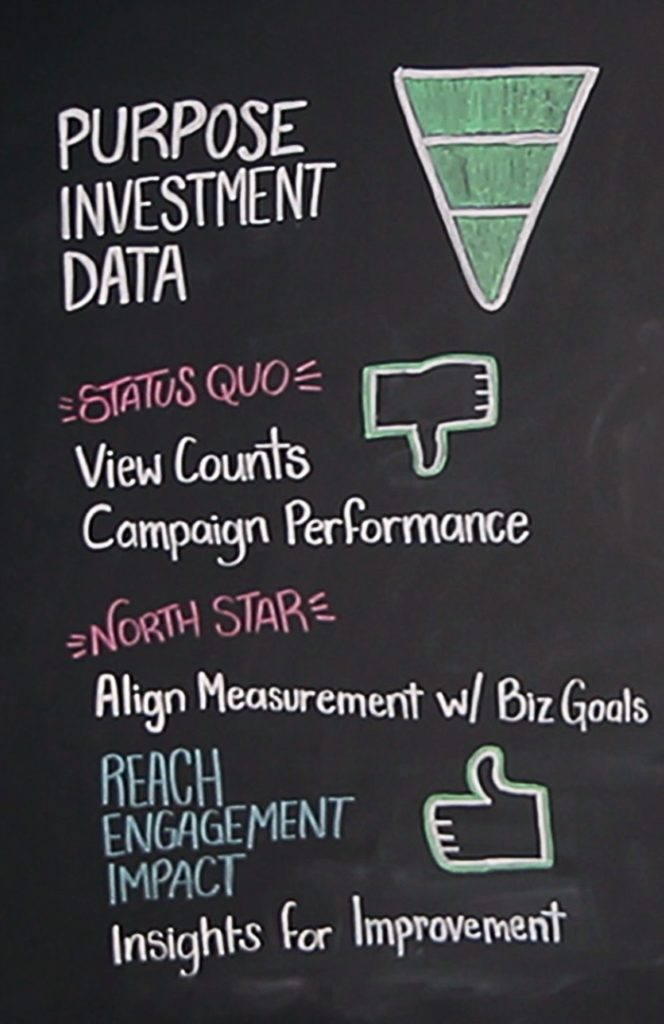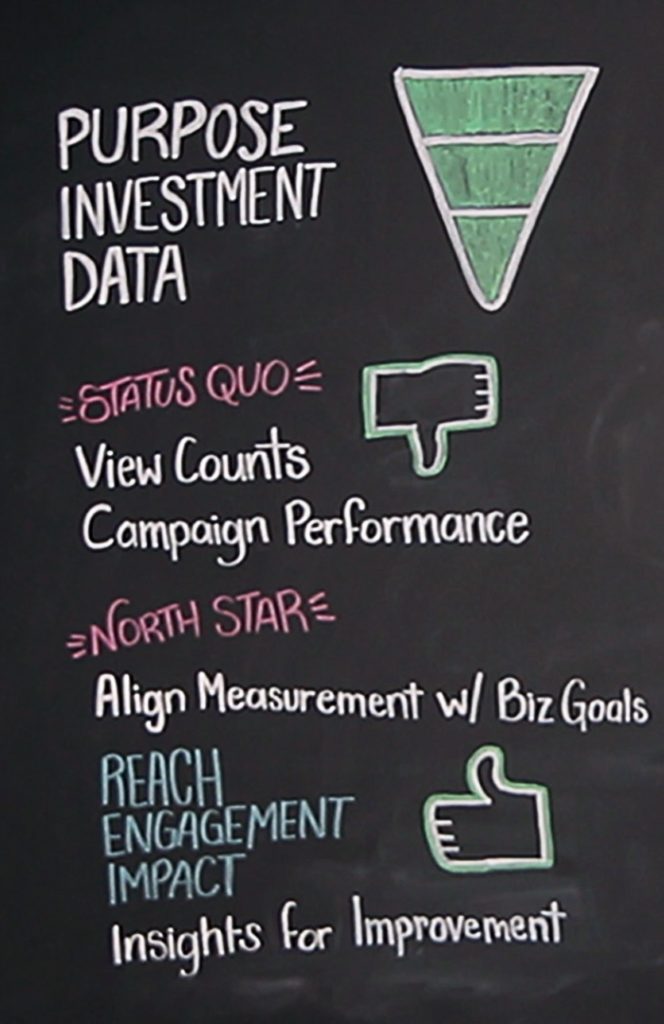Source: Vidyard We always advocate the power of video to boil complex concepts down into simple, visual terms. Whether it’s a short how-to video or
We always advocate the power of video to boil complex concepts down into simple, visual terms. Whether it’s a short how-to video or a longer product demo, video is a no-brainer for getting your point across. So why not apply that same methodology to video? Very meta, right?
Well, today we’re trying something new, and we think you’re going to love it! Say hello to the first episode of Chalk Talks – short, but informative deep-dives into video marketing best practices. In episode one, I’ll discuss how you can really measure the effectiveness of your video content, and the data you might be missing out on. Check it out:
|
|
Measuring the performance of your online video programs is becoming an increasingly important topic for today’s marketers. My name is Tyler Lessard, and in this Chalk Talk, we’ll explore why that’s become the case, and what the best practices are for moving from view counts to real measures of success for your online video programs.
View Counts Don’t Count
Before I dive into the what, I’d like to start off with the why, and some understanding of what’s changed in the last few years that is forcing us to think differently about what success means with our video content. The first is purpose. Why we’re using video and how we’re using video has dramatically changed in the last three to five years.
Video used to be reserved to top-of-funnel programs, which were really all about driving awareness. But video is now being used all throughout the buyer’s journey to educate, to drive interest, to convince, and to convert audiences into downstream customers. As a result, we need to think differently about what success means for our video content.

The second change is investment. Businesses continue to report increasing investments in online video content, and as a result, there’s increased pressure to justify the returns on those investments. So, you need hard data that tells you not just the number of views but how those videos are impacting your real business goals.
And finally one of the biggest changes to what success means for video is data. We’re living in a data-driven marketing and sales world, and there’s an expectation that you’ll have the insights you need to not only justify your investments but to understand what’s working, what’s not, and how to continuously optimize your results. These three things combined make it a huge imperative to better understand how your video is performing and what insights you can use to generate better results.
It’s all about moving from a status quo of understanding view counts and an overall campaign performance for those campaigns that include video to a much more mature model – a north star, if you will – where you’re now aligning your measurement with your real business goals. And to me, that comes down to three things: how is your video content helping you establish reach? How is it helping you drive engagement with your audience? And how is it helping you deliver real business impact, whether that be leads, pipeline revenue, or other forms of metrics? And…

COMMENTS